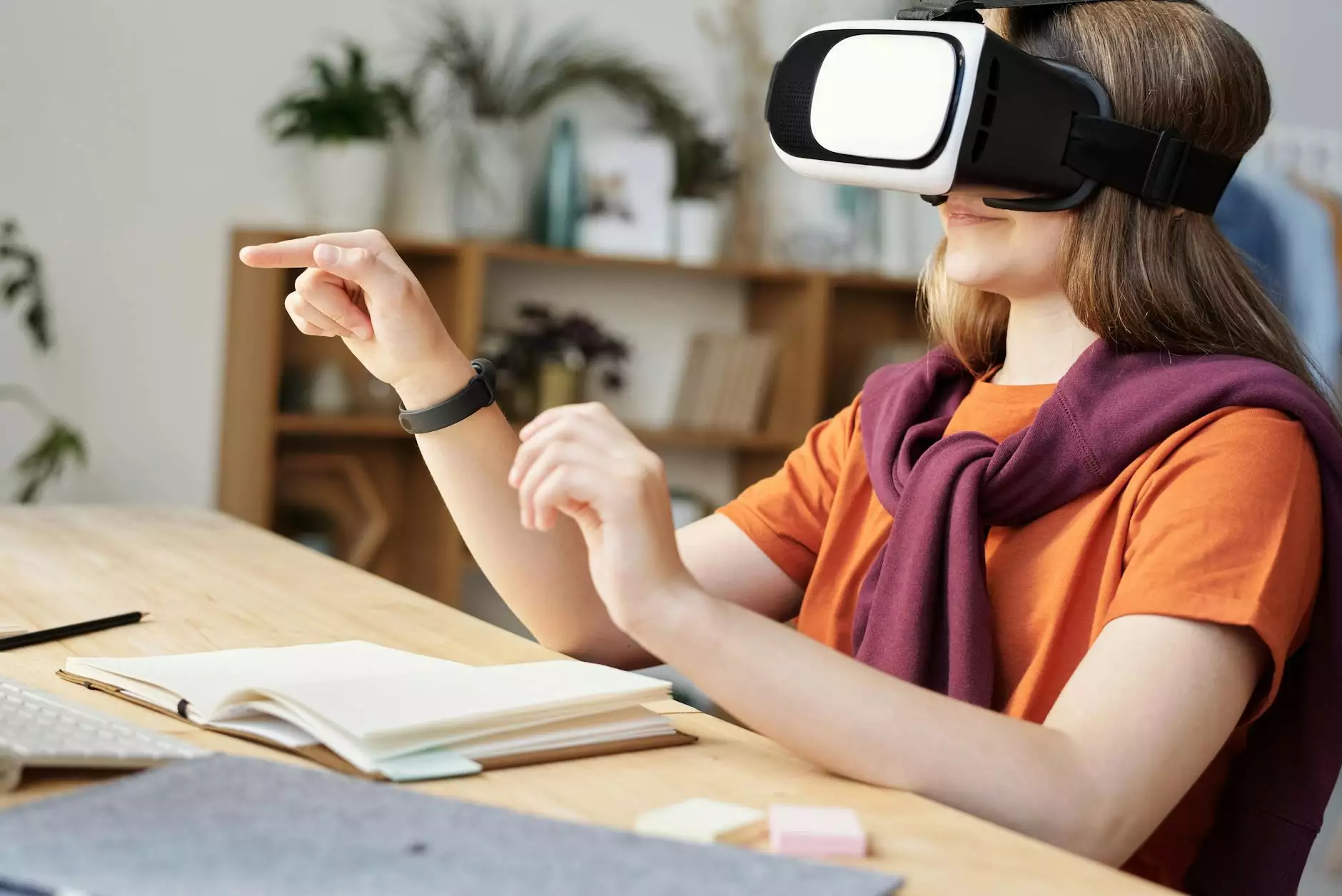How to Build an E-Learning Solution | Insights from Coursera
Blog
Introduction
Welcome to CI Advertising's comprehensive guide on how to build an e-learning solution. In this article, we will explore valuable insights from Coursera, one of the leading platforms in online education. Whether you are an educational institution, a corporate training department, or an individual looking to create your own e-learning platform, this guide will provide you with the knowledge and strategies to succeed.
Why E-Learning?
In today's digital age, e-learning has become increasingly popular due to its convenience, flexibility, and cost-effectiveness. Businesses and educational institutions are leveraging the power of technology to deliver engaging and interactive learning experiences to their learners. With the right approach, you can tap into a global audience, expand your brand recognition, and drive revenue growth.
The Key Steps to Building an E-Learning Solution
1. Define Your Goals and Target Audience
Before diving into the development process, it is crucial to define your goals and identify your target audience. Are you aiming to provide professional development courses to employees, deliver academic courses to students, or offer a wide range of educational content? Understanding your target audience's needs, preferences, and learning styles will help you tailor your e-learning solution to their requirements.
2. Content Creation and Curriculum Design
The heart of any successful e-learning solution lies in the quality of the content and curriculum design. Collaborate with subject matter experts to create engaging, informative, and interactive course materials. Structure your curriculum in a logical and progressive manner, ensuring that learners can easily navigate through the content and achieve their learning objectives.
3. User-Friendly Platform Development
Invest in a user-friendly learning management system (LMS) that provides a seamless user experience. The platform should offer features such as course tracking, assessments, discussion forums, and multimedia integration. Incorporate intuitive navigation and responsive design to accommodate learners accessing the platform from different devices.
4. Engaging Multimedia Integration
Enhance the learning experience by integrating multimedia elements such as videos, interactive quizzes, infographics, and gamification. These multimedia elements not only make the content more engaging but also cater to different learning styles, ensuring maximum knowledge retention.
5. Assessments and Feedback
Implement regular assessments throughout the courses to monitor learners' progress and provide them with valuable feedback. Consider using a mix of quizzes, assignments, and simulations to assess their understanding and application of the course material. Personalized feedback helps learners identify their strengths and areas for improvement.
6. Continuous Improvement and Updates
Building an e-learning solution is an ongoing process. Regularly gather feedback from learners, instructors, and administrators to identify areas for improvement. Stay updated with the latest trends and technology advancements to provide a modern and relevant learning experience. Continuous improvement will keep your e-learning solution competitive and sustainable.
Conclusion
By following these key steps and drawing insights from Coursera, you can build an effective e-learning solution that caters to your target audience's needs. Embrace the power of technology, focus on high-quality content creation, and provide an engaging learning experience. CI Advertising is committed to helping you succeed in the rapidly evolving field of e-learning. Contact us today to discuss how we can assist you in achieving your e-learning goals.




